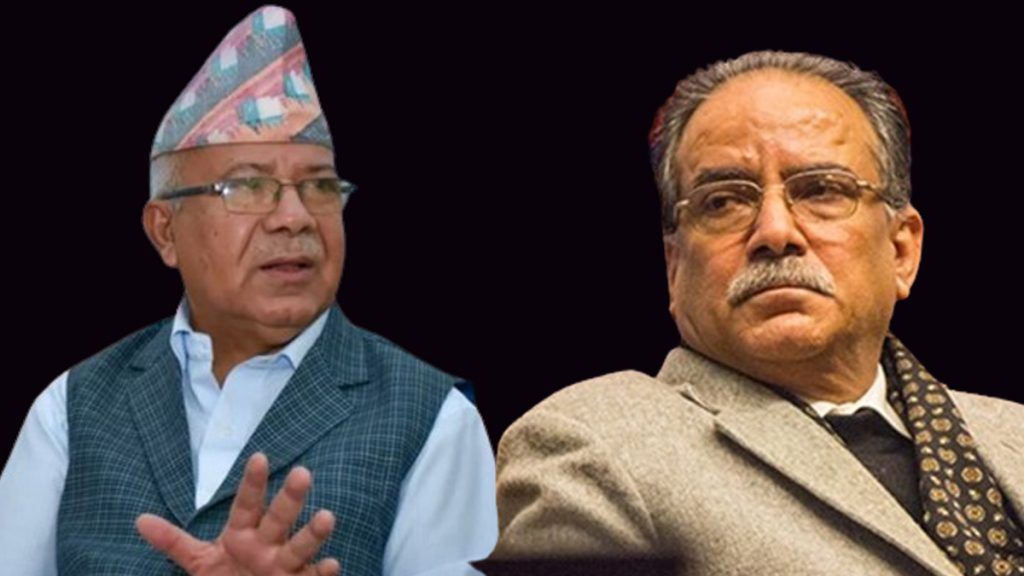
By Our Reporter
The idea of left unity in Nepal has been around for years, but it has never been easy. The communist parties have a long history of splitting into smaller groups, often because of disagreements among leaders. Now, the discussion of unity between the Maoist Centre and the Unified Socialist Party has gained attention, and other leftist parties are also talking about joining forces. At first glance, it seems like unity would be simple, but the reality is far more complicated.
One of the main reasons these parties are interested in coming together is elections. When parties remain divided, votes get split, which weakens their chances against bigger, more organized parties. After the Gen Z protests, many saw that if left parties united, they could focus votes in one place and compete more effectively. This practical need for strength in numbers is pushing the parties toward discussions about unity. Leaders like Pushpa Kamal Dahal and others have been holding intensive meetings, trying to work out ideological differences and organizational details.
But the problems are significant. Even if leaders agree in principle, there is still disagreement about the structure of the new party, how to include lower-level workers, and which supporters to bring in. Some senior leaders, like Ghanshyam Bhusal, worry that the unity is being talked about without a clear purpose. For him, unity cannot just be a word; it needs a clear plan, better leadership, and a chance to reorganize the parties properly. Many leaders feel that past attempts at unity failed because the top leadership did not work well, and the public lost trust in their promises.
Another complication is the presence of multiple factions, each with its own priorities and past conflicts. Netra Bikram Chand’s group, once part of the Maoists, and other breakaway parties have their own demands, making it hard to form a strong, stable coalition. Even when some groups agree to join in principle, there is no strong foundation yet for full unity. Biplav, a senior leader in one of the smaller communist parties, points out that before they can unite, there needs to be a movement where people can work, serve the public, and rebuild trust in the communist agenda. Without this, any attempt at unity might remain only on paper.
In short, left parties are trying to unite because they see it as a way to strengthen their political influence and compete in elections. But deep-rooted divisions, unclear leadership, lack of trust, and unresolved organizational questions make real unity difficult. Until these issues are addressed and a clear, practical plan is in place, left unity in Nepal will remain more of a hope than a reality. The desire is there, but the road to achieving it is still full of obstacles.






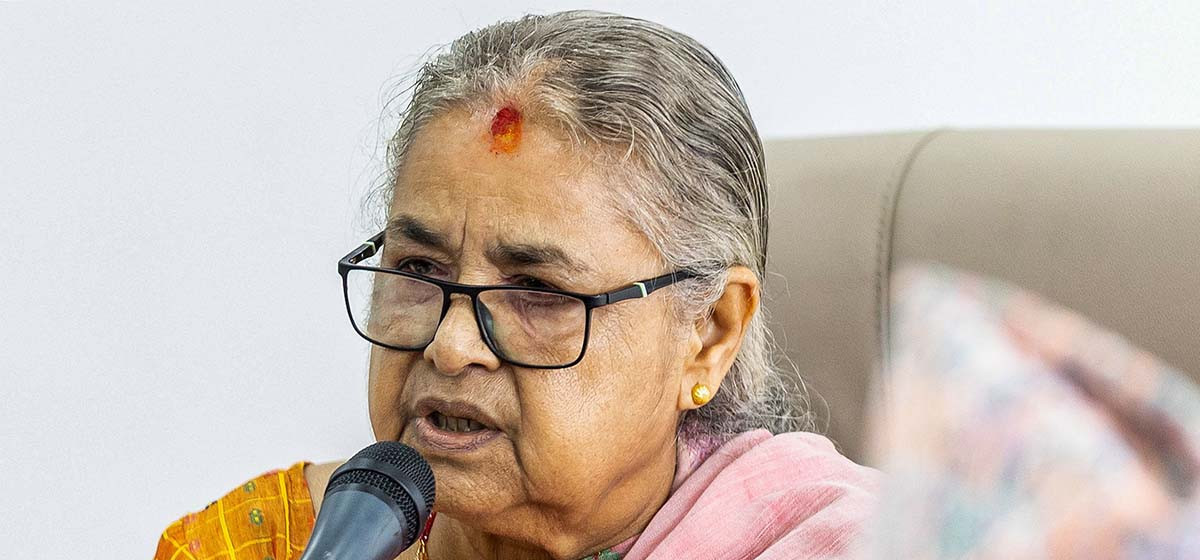
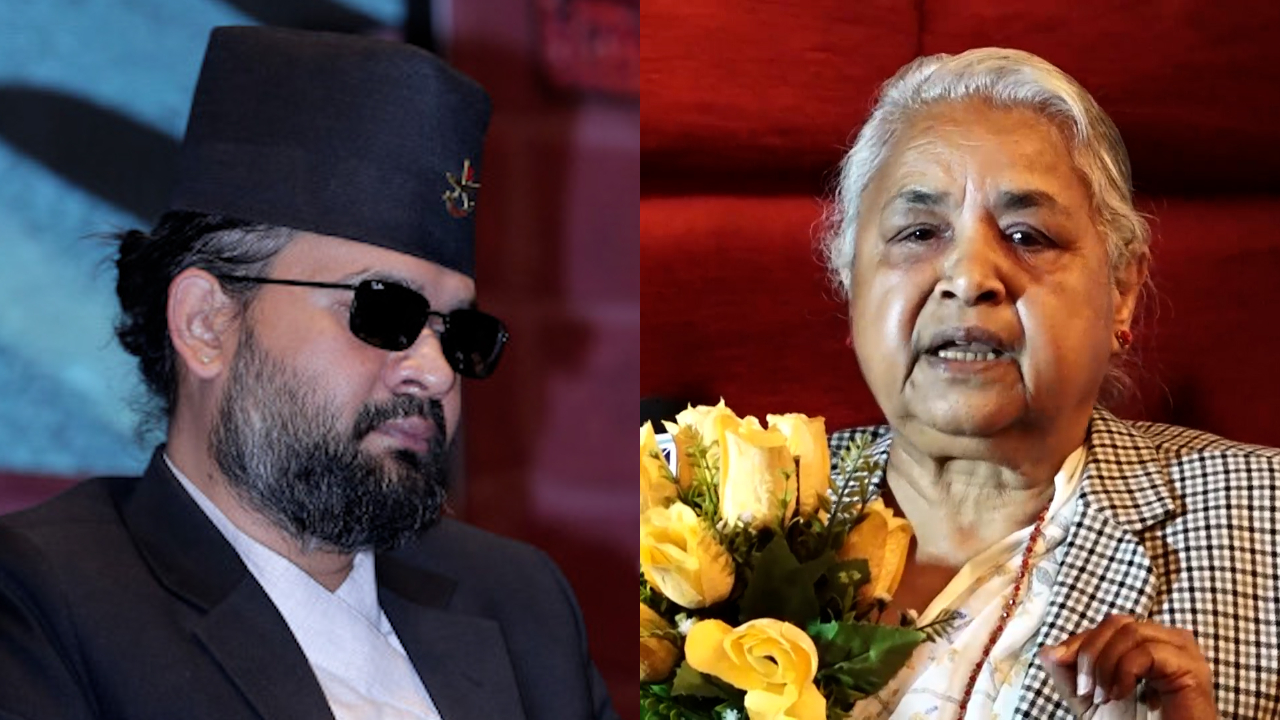

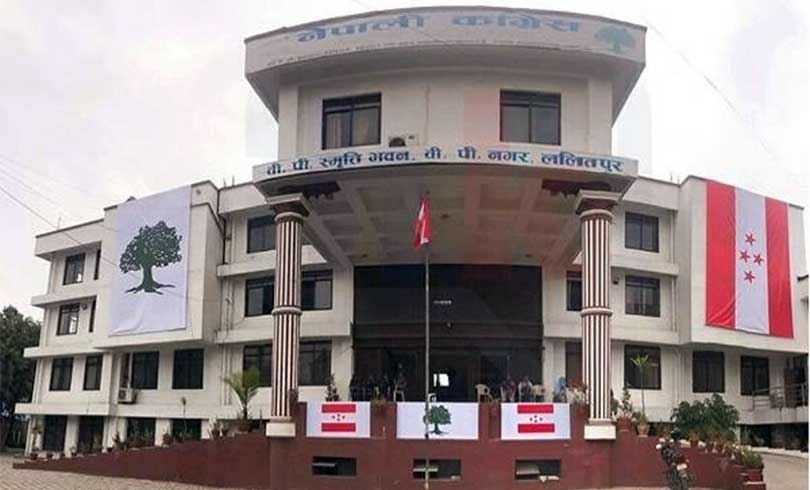






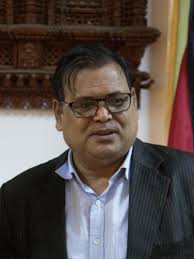

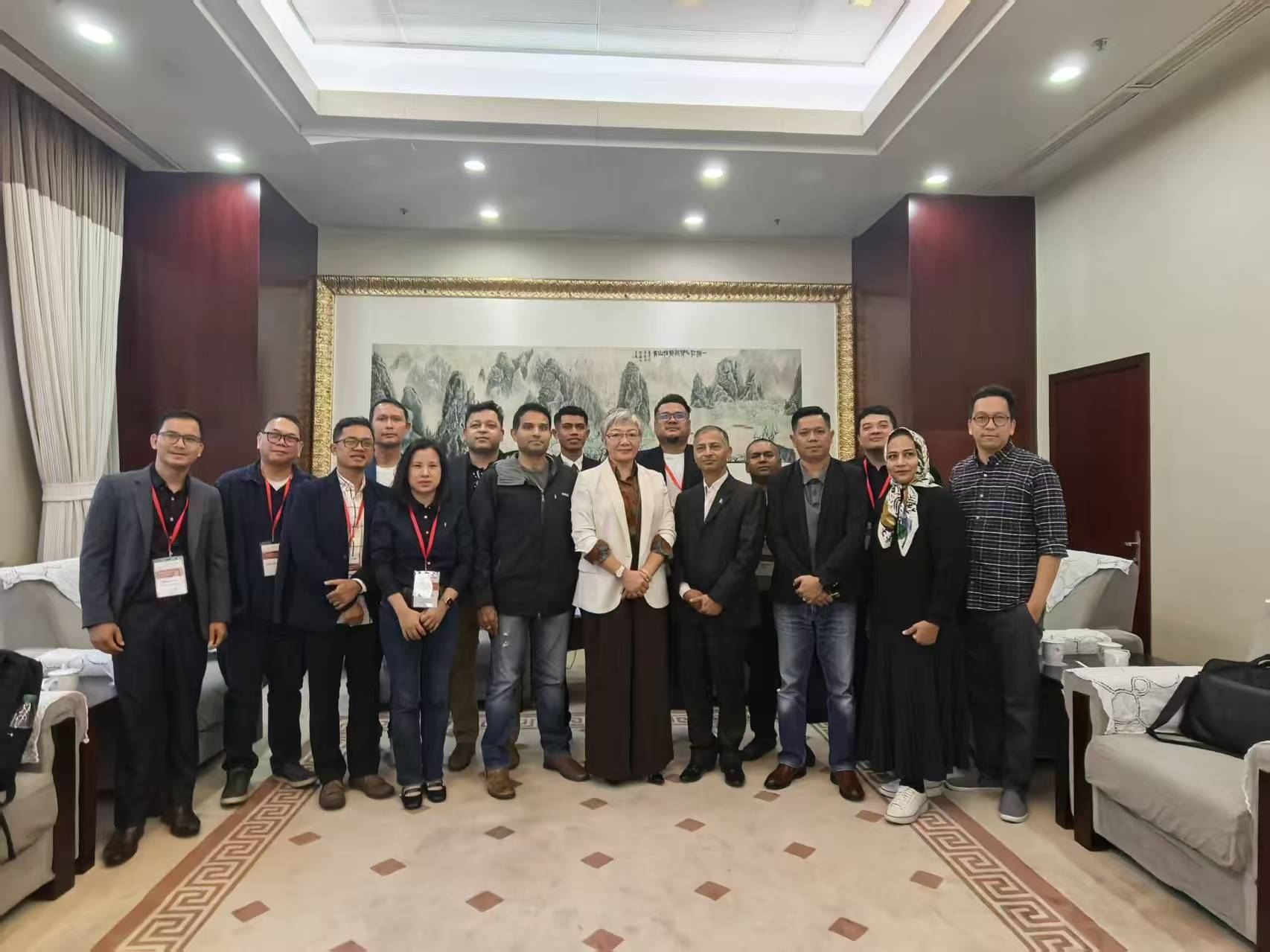
Comments:
Leave a Reply